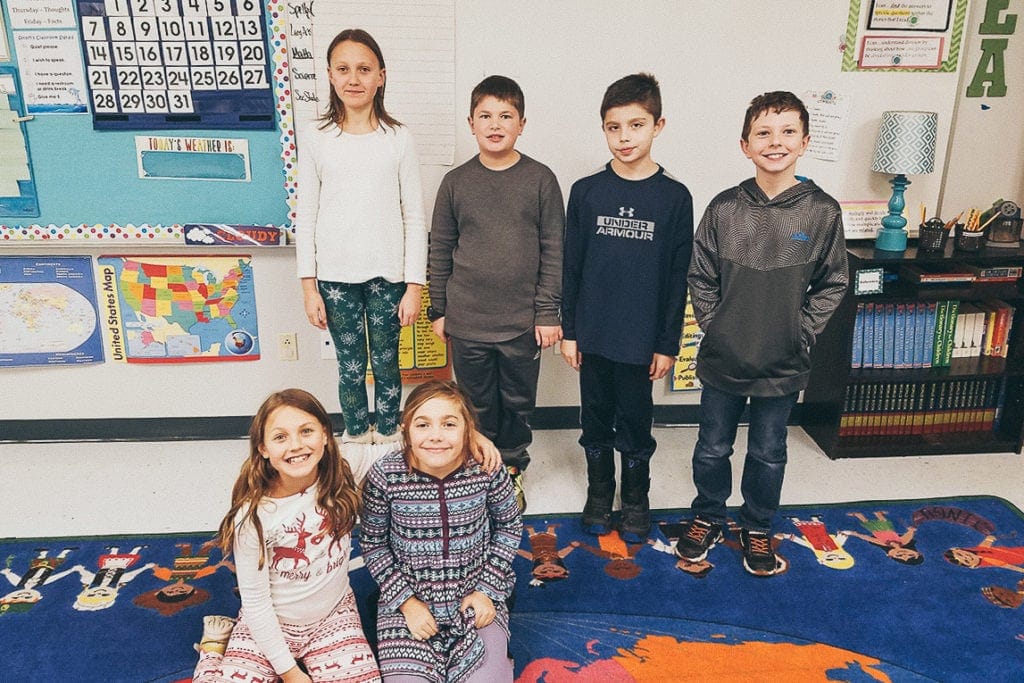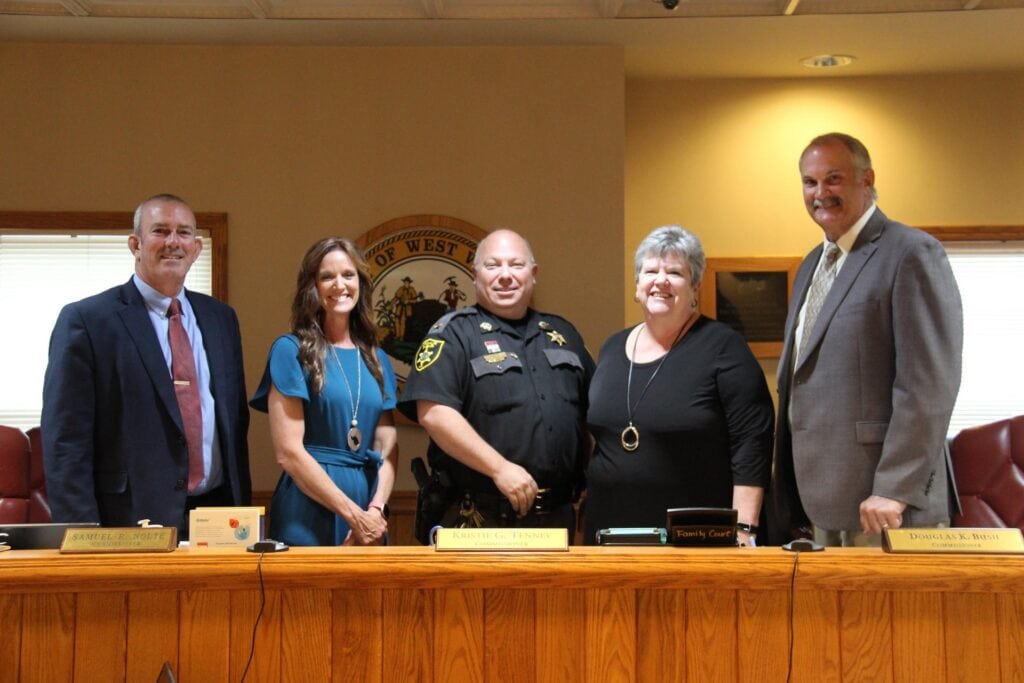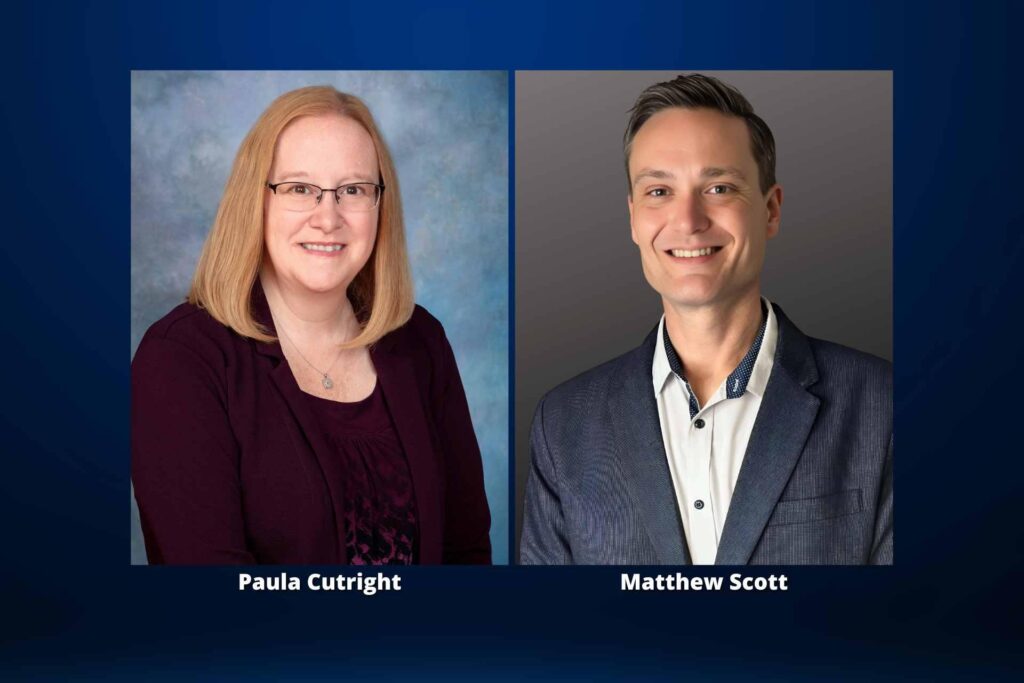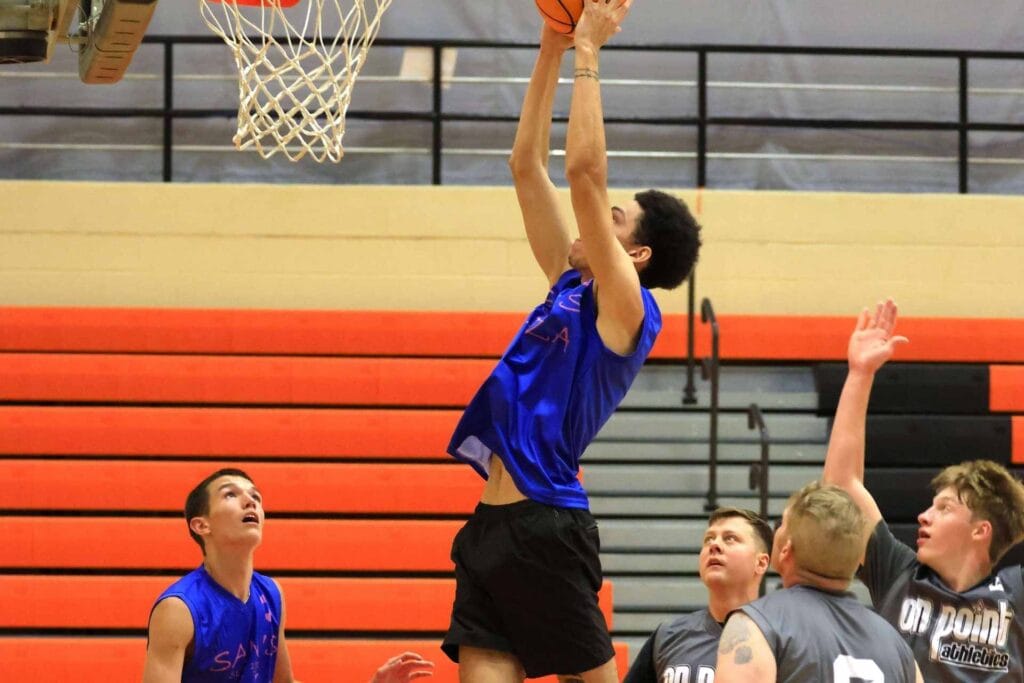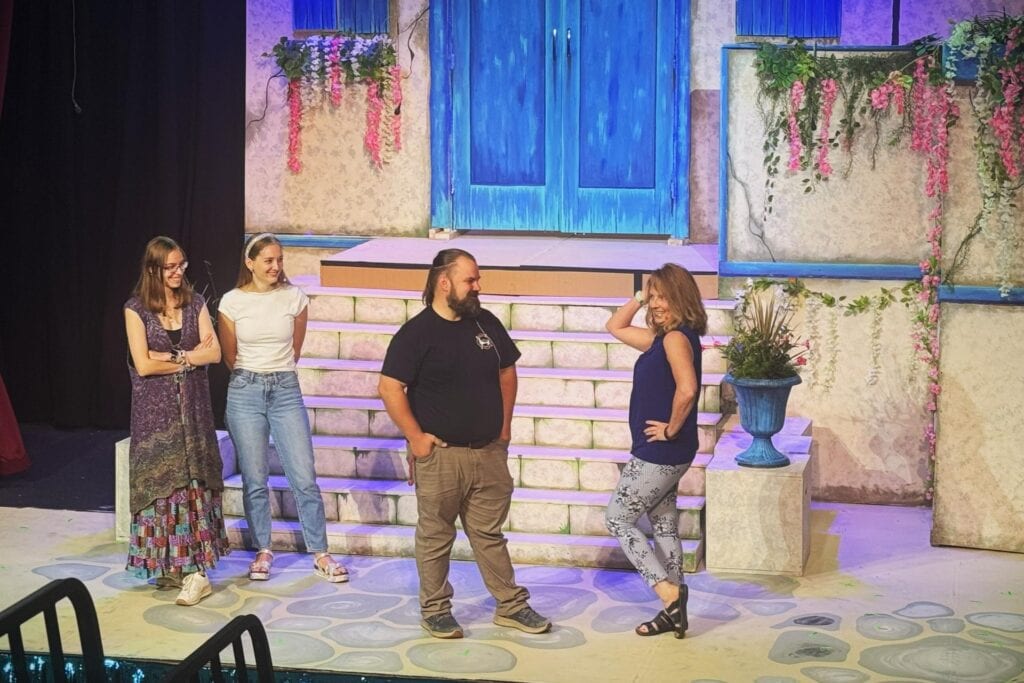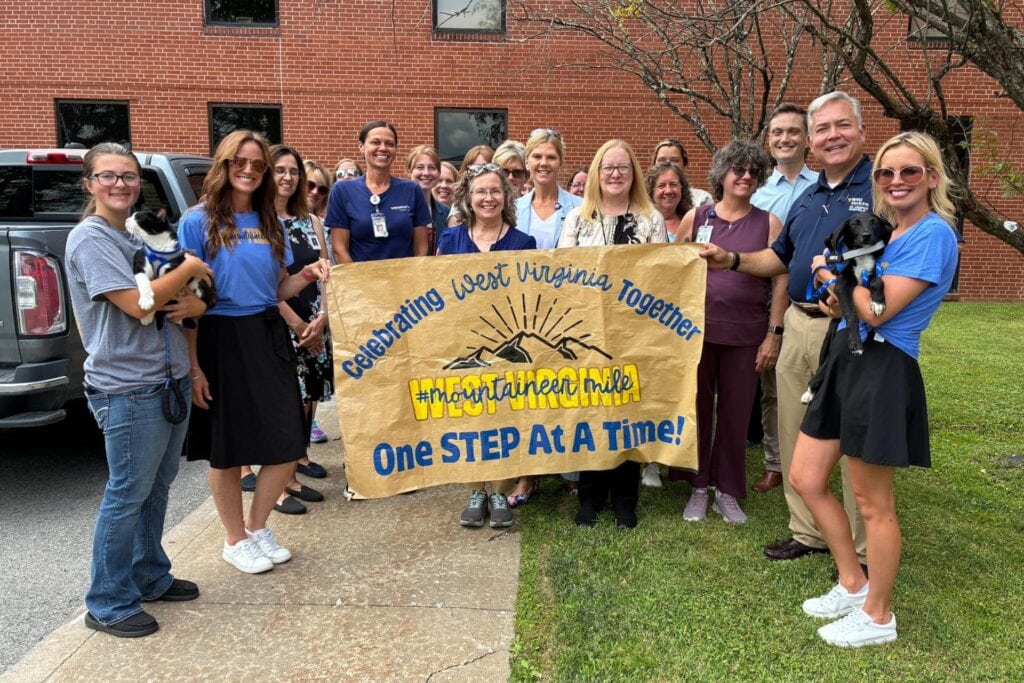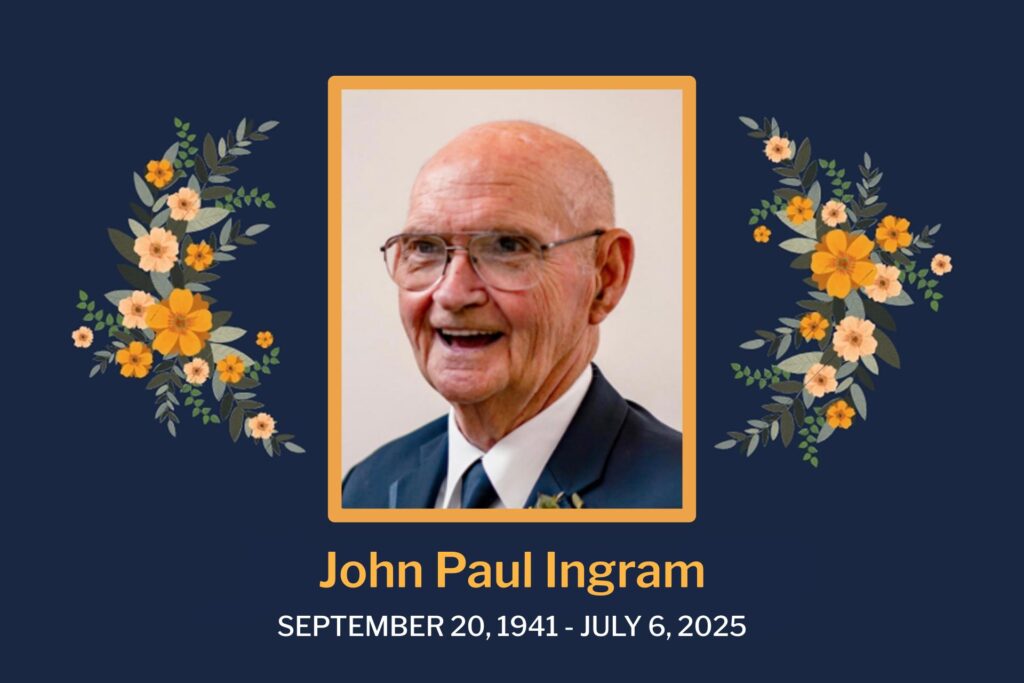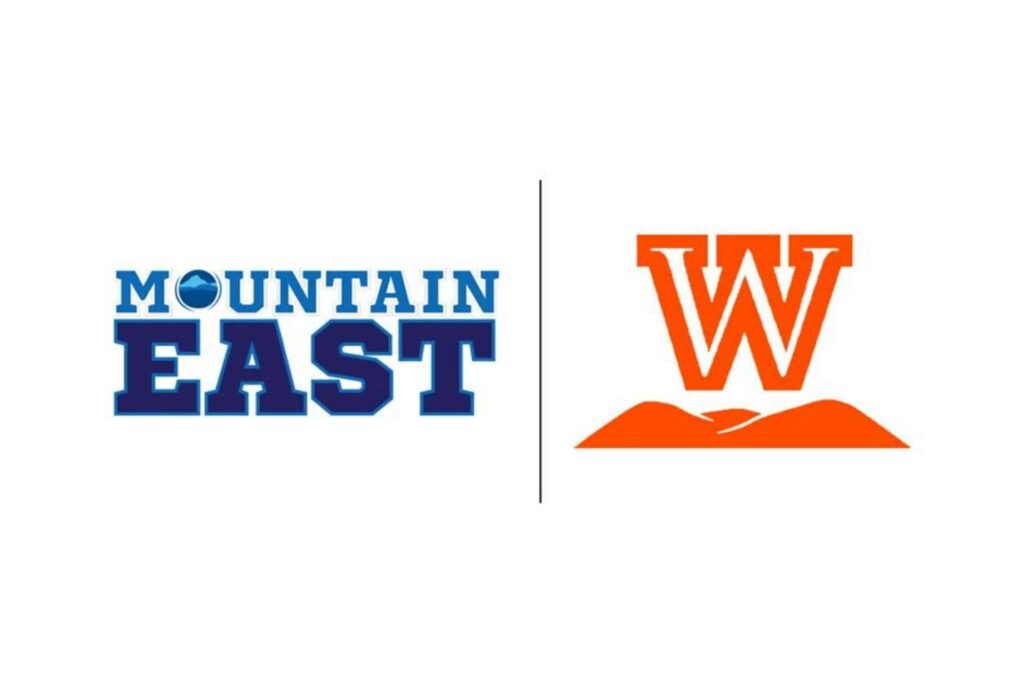Fairmont State University is proud to be a part of the first time in the history of the world that elementary students have built a spacecraft by themselves that will be launched and it’s happening on Wednesday afternoon.
The spacecraft will be launched on Wednesday, April 17, at 4:46 p.m. on board the Cygnus NG-11 mission, which is Northrop Grumman’s resupply mission to the International Space Station. During the flight to the space station, the spacecraft will be jettisoned off the rocket into Earth’s orbit.
Fairmont State’s Professor Marcus Fisher has worked alongside students in third, fourth and fifth graders from Cheat Lake and Brookehaven Elementary Schools, who make up the team of Monongalia Meteteors, to build a ThinSat Spacecraft. It is a partial kit of spacecraft components that is provided by Twiggs Space Labs with support from Virginia Commercial Space Flight Authority. In a partnership with those entities and the WV Space Grant Consortium, Fisher was able to bring the kit that was being used in public high schools across the state of Virginia to engage students and help learning Space Systems Engineering (STEM-disciplines) to an elementary school.
“This is the precursor to the Iron Falcon Project, an annual project where we work with multiple schools across the state in programming, electronics, robotics and cybersecurity,” Fisher said. ” In 2017 and 2018 I worked with the elementary school team and they built a spacecraft that will study ultraviolet radiation from space. Their success is what got us the yearly Iron Falcon project. The kids finished up the spacecraft last summer, almost a year ago, and we have been waiting on a ride to space.”
During the 2017 – 2018 academic year, the students learned to research science topics and formulate questions, how to build a system to collect data that answers those questions and how to operate the system and actually collect the data. The school year was broken into three phases that consisted of: launching a low altitude balloon with the students’ system, the students launching a high altitude balloon with their system and launching their system into space which will happen on Wednesday.
A live stream of the launch will be pushed at https://www.spacetv.net/live/launch-of-northrop-grumman-antares-230-with-cygnus-crs-ng-11/ as well as over NASA TV.
Students who participated include Abigail Fisher, Nicholas Brown, Abby Kingora, Amelia Fisher, Cameron Corkrean, and Ben Marinaro.
